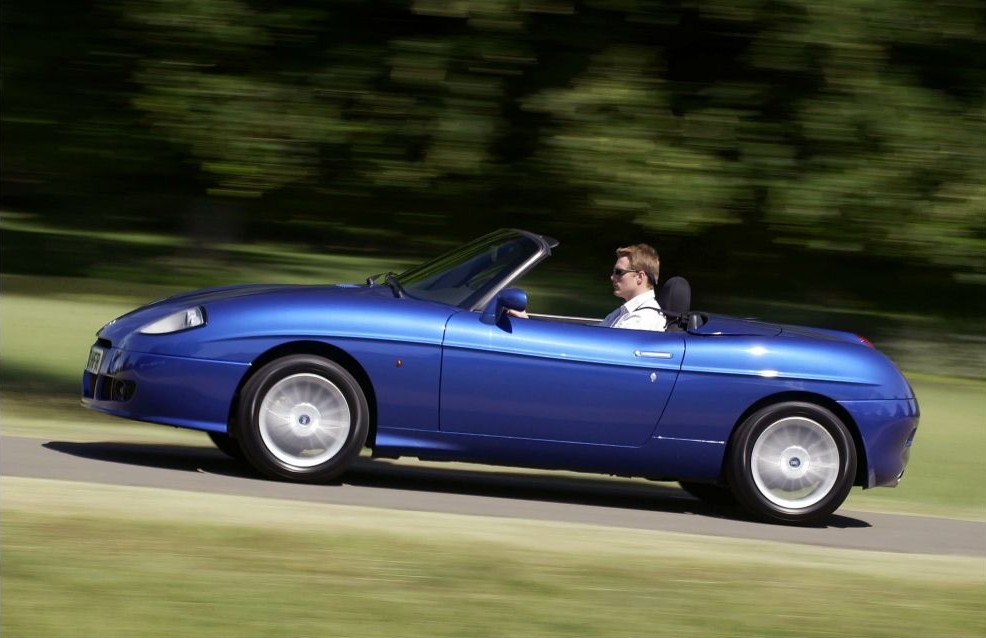The old joke persists, whispered in garages and chuckled over pints: “Fix It Again Tony,” the backronym for Fiat, implying Italian Cars are inherently unreliable. It’s a stereotype that clings like exhaust fumes, repeated so often it’s almost accepted as fact. But is there any truth to this enduring myth? According to personal experience and a closer look at automotive history, it’s time to put this tired trope to rest.
For decades, I’ve been immersed in the world of Italian automobiles, owning and driving them through various seasons and countless miles. The persistent narrative of dodgy electrics, rust-prone bodies, and temperamental engines has become grating. What’s even more frustrating is hearing these lazy generalizations perpetuated by those who should know better – individuals within the car community who, ironically, often preach automotive passion and understanding.
Yes, there was a period, notably the 1970s, when some Italian marques gained a reputation for rapid corrosion. The often-cited explanation points to the use of Russian reclaimed steel. While these cars might have succumbed to rust more readily than some contemporaries, it’s crucial to remember that rust was an industry-wide issue. Even prestigious German brands like BMW and Audi weren’t immune to the tin worm in that era. Yet, these brands didn’t suffer the same lasting stigma of unreliability as their Italian counterparts.
My own experience directly contradicts the stereotype. My 1997 Fiat Barchetta, affectionately nicknamed “The Bucket,” became my daily driver for an incredible 14 years in London. Despite facing the elements outdoors, it started reliably every single time. Breakdowns? Never. This is the same model that supposedly was destined to dissolve in rain or spontaneously combust due to electrical gremlins, according to the ‘experts.’
The double standard is particularly evident when discussing classic cars. When parts are needed for a vintage Ford after four decades of service, it’s considered normal wear and tear. However, should a 40-year-old Alfa Romeo require attention, it’s immediately cited as evidence of inherent unreliability. This is a clear case of automotive prejudice at play. My beloved Alfa Romeo Alfasud 1.5 Ti, a classic example of Italian engineering, often faced such unfair criticism whenever routine maintenance was required.
Even more modern Italian cars defy the stereotype. My Fiat Panda 100HP, a spirited city car, served as my reliable daily driver for three years, racking up over 100,000 enjoyable miles. The only issue I encountered was an electrical component failure – ironically, a part manufactured by a German company. The replacement, also German-made, suffered the same fate, highlighting that component failures are not exclusive to any nationality of car manufacturer.
Perhaps the persistence of the “unreliable Italian car” myth boils down to effective marketing and perception. Consider the perception of off-road capability. Ask someone to name the best 4×4 vehicle, and Land Rover is likely to be the immediate answer. Yet, venturing into the Alps during winter reveals a different reality: locals overwhelmingly favor the Fiat Panda 4×4 for its sure-footedness and practicality in challenging conditions. This demonstrates how marketing and brand perception can overshadow real-world performance and reliability.
As car enthusiasts, we should strive for objectivity and challenge ingrained prejudices. While I confess to harboring my own automotive biases, it’s crucial to recognize and question these irrational preconceptions. The myth of unreliable Italian cars is precisely that – a myth. Modern and classic Italian automobiles deserve to be judged on their merits, not on outdated stereotypes. It’s time to move beyond “Fix It Again Tony” and appreciate Italian cars for their design, passion, and the joy they bring to driving.
